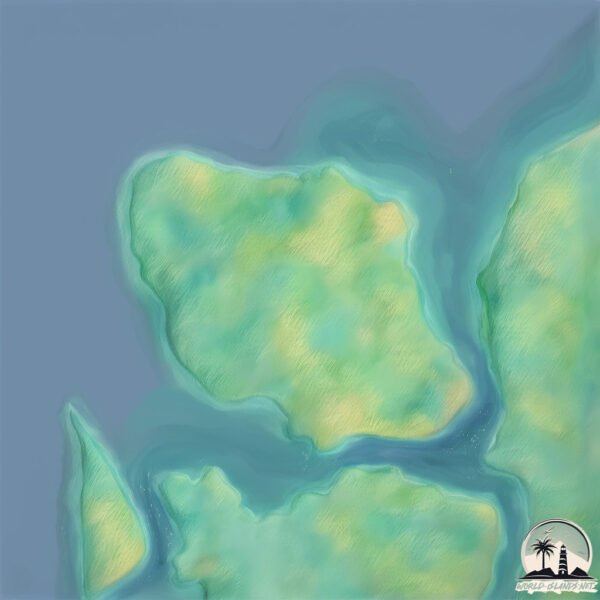Welcome to Wilson Island , a Continental island in the North Atlantic Ocean, part of the majestic Atlantic Ocean. This guide offers a comprehensive overview of what makes Wilson Island unique – from its geography and climate to its population, infrastructure, and beyond. Dive into the details:
Geography and size of Wilson Island
Size: 2.232 km²Coastline: 11.8 kmOcean: Atlantic OceanSea: North Atlantic OceanContinent: North America
Wilson Island is a Small Island spanning 2.2 km² with a coastline of 11.8 km.
Archipel: –
Tectonic Plate: North America – Covers North America and parts of the Atlantic and Arctic Oceans, characterized by diverse geological features and varying levels of seismic activity.
The geographic heart of the island is pinpointed at these coordinates:
Climate and weather of Wilson Island
Climate Zone: ContinentalClimate Details: Warm-Summer Humid Continental ClimateTemperature: Warm Summer
Climate Characteristics: Features warm summers and cold winters with consistent precipitation, common in higher latitudes.
Topography and nature of Wilson Island
Timezone: UTC-04:00Timezone places: America/La_PazMax. Elevation: 6 m Mean Elevation: 4 mVegetation: Open WoodlandTree Coverage: 29%
The mean elevation is 4 m. The highest elevation on the island reaches approximately 6 meters above sea level. The island is characterized by Plains: Flat, low-lying lands characterized by a maximum elevation of up to 200 meters. On islands, plains are typically coastal lowlands or central flat areas.
Dominating Vegetation: Open Woodland
Vegetation: 1 vegetation zones – Minimal Diversity Island
Infrastructure and Travelling to Wilson Island
Does the island have a public airport? no .
Does the island have a major port? no .
The mean population of Wilson Island is 17 per km². Wilson Island is Gently Populated. The island belongs to Canada .
Continuing your journey, Brier Island is the next notable island, situated merely km away.
Adults Only Luxury Glamping At Wilson Island In Great Barrier Reef
Not heard of Wilson Island? Fear not! This slice of paradise is a new island in Great Barrier Reef. An adults only island in Great ...
Adults Only Luxury Glamping At Wilson Island In Great Barrier Reef
Not heard of Wilson Island? Fear not! This slice of paradise is a new ...
Not heard of Wilson Island? Fear not! This slice of paradise is a new island in Great Barrier Reef. An adults only island in Great ...
Things to do on Wilson Island
Wilson Island is an idyllic paradise in the Southern Great Barrier ...
Wilson Island is an idyllic paradise in the Southern Great Barrier Reef just off the coast of Gladstone. It is home to soft white sand ...
Wilson Island, Queensland, Australia
Weekend getaway on Wilson Island.
Weekend getaway on Wilson Island.
Canada is classified as Developed region: G7: Group of Seven – Major advanced economies, including Canada, France, Germany, Italy, Japan, the United Kingdom, and the United States. The level of income is High income: OECD.
News – Latest Updates and Headlines from Wilson Island
Stay informed with the most recent news and important headlines from Wilson Island. Here’s a roundup of the latest developments.
Loading...
Please note: The data used here has been primarily extracted from satellite readings. Deviations from exact values may occur, particularly regarding the height of elevations and population density. Land area and coastline measurements refer to average values at mean high tide.

